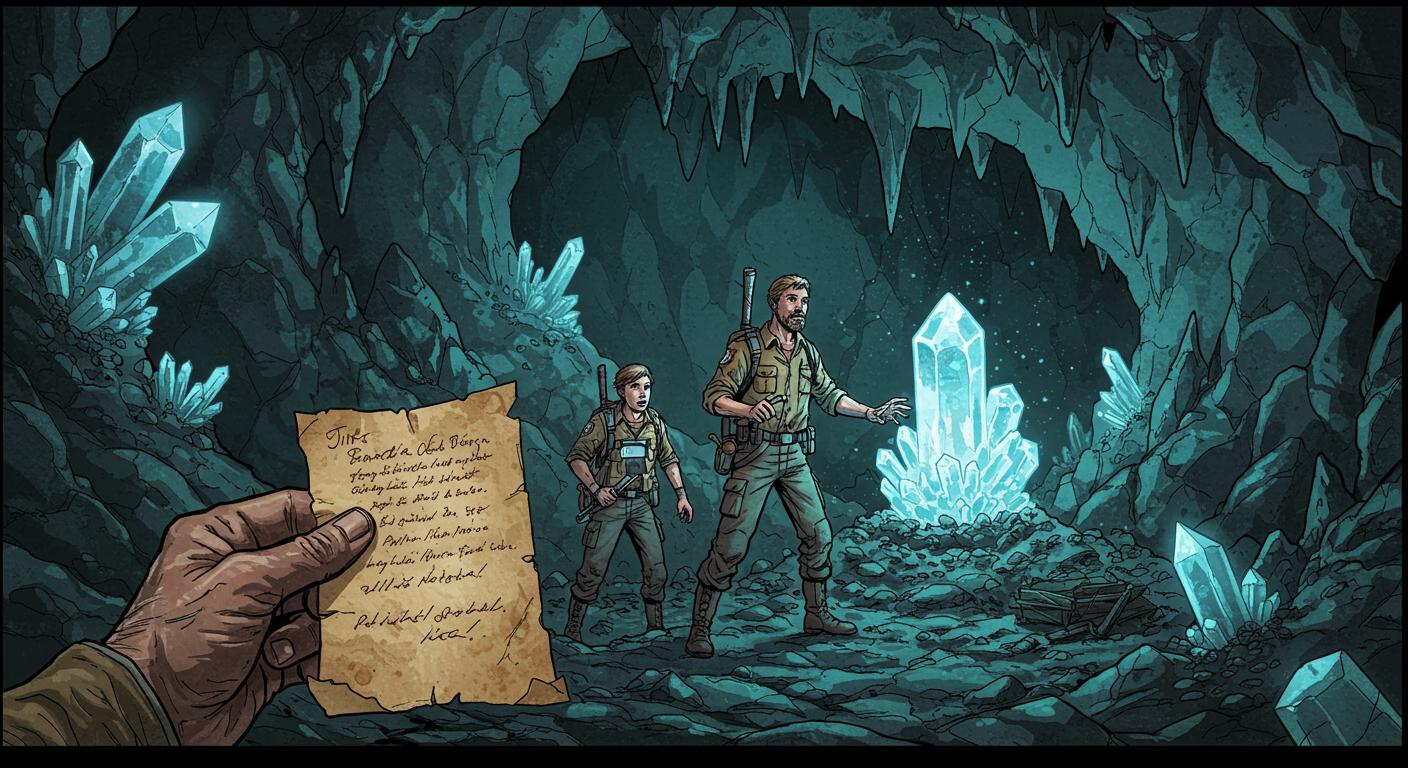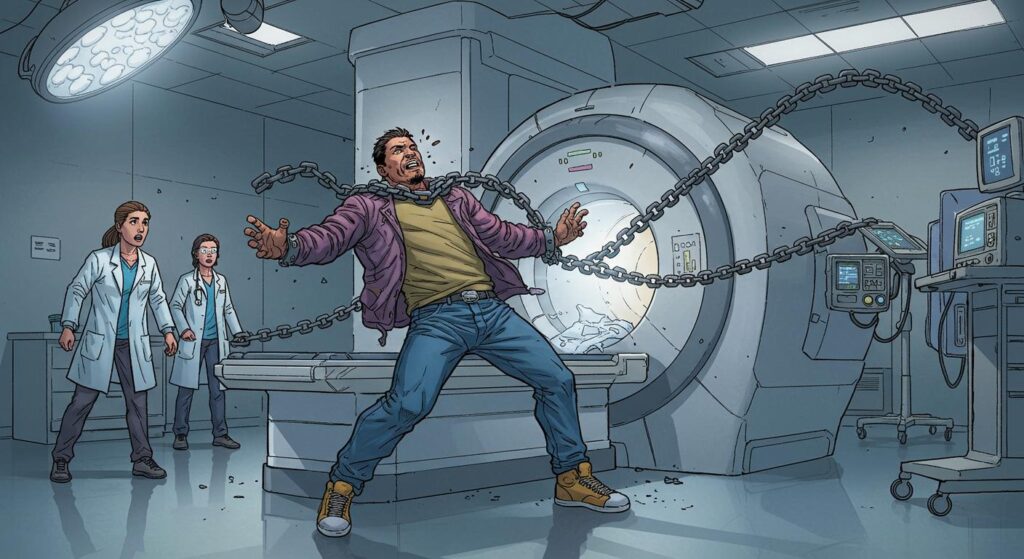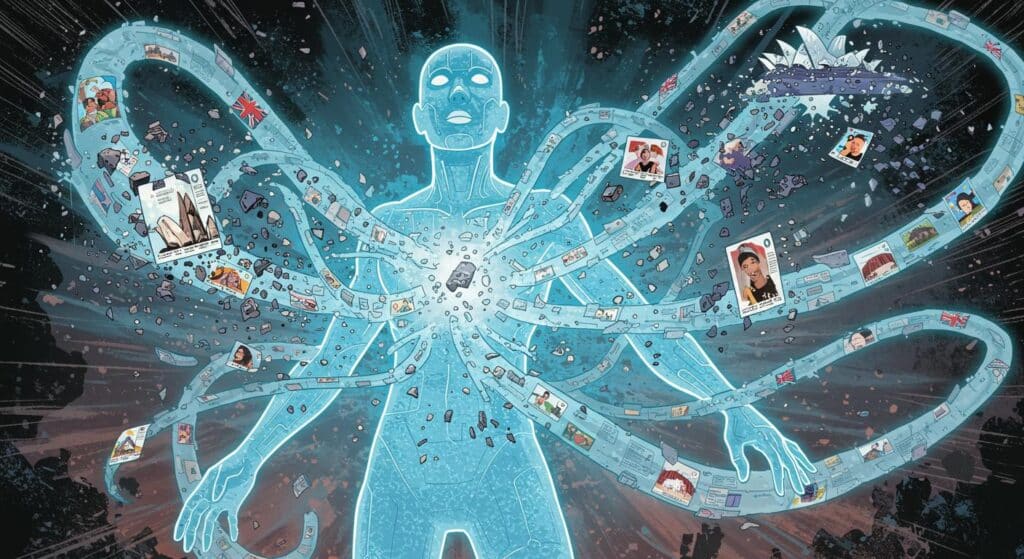Archival work is rarely described as thrilling—unless you happen to stumble across something that’s been hiding for three-quarters of a century. According to PeakD, a recently unearthed letter, written 75 years ago and long lost, has led to the accidental discovery of one of the planet’s rarest minerals. Sometimes, the universe really does bury the lede.
Serendipity in the Stacks
Based on the reporting at PeakD, the story starts with a letter written in 1949 by a geologist and, presumably, soon absorbed into a limbo of forgotten correspondence. Only decades later, through the everyday process of sifting through an archive (the library world’s version of panning for gold), did someone rediscover the letter. The contents, according to PeakD’s summary, referenced rock samples sent from a remote location—an understated note in the broader chorus of scientific fieldwork at the time.
The letter’s rediscovery put present-day researchers on the trail of those archived rock samples. With modern analytical methods at their disposal, scientists reportedly identified among them one of Earth’s rarest minerals—a substance not previously catalogued and evidently overlooked all those decades. The mineral’s name and specifics aren’t detailed in the available summary, but the implication is clear: something exceptionally rare was hiding in plain sight, gathering dust along with the original field notes.
The Odd Charm of Archival Surprises
What really stands out, as PeakD emphasizes, is the intersection between happenstance and discovery. The scientific significance of the mineral—still under study by researchers, according to the report—serves as a reminder that archives aren’t just for old student records and dusty blueprints. Sometimes, buried next to bureaucratic detritus, there’s a tangible piece of the natural world quietly waiting to see daylight.
It’s hard not to wonder how many other stories like this are lying dormant in the storage rooms and filing cabinets of research institutions worldwide. If this mineral went unnoticed for 75 years, what other rare finds—scientific, historic, or just plain odd—are still biding their time?
Reflection from the Filing Cabinet
The details released so far leave plenty to the imagination, and with the mineral’s properties and potential uses still to be determined (or at least, still awaiting public release), this is one of those stories where half the appeal lies in the open-endedness. As archivists and researchers continue sorting through the long-forgotten, it’s comforting (and maybe a bit thrilling) to realize that every unremarkable stack of boxes might be concealing the next scientific surprise. Sometimes, the line between mundane paperwork and extraordinary discovery is as thin as a sheet of aging stationary—no adventure hat required.







